Using 3HC for a Multi-Heater, Multi-Motor Extruder :) ???
-
Just dropping this here for @dc42 to hopefully see...
I've had a mad thought that I want to develop, and the 3HC looks perfect to achieve it, but there are a couple practical barriers.
I either want to take three hemera extruders, plus supervolcano hot ends and route all three filament outputs into an "accumulator" for the melt which then pushes out of a custom 2mm nozzle...
OR
I want to use a single NEMA23 stepper, with a custom geared extruder and feed it through a new heater block which uses three 80W cartridge heaters and sensors.
The first option would give crazy options for G-Code colour combinations by varying extruder speeds (Each one having its own colour (R,B,Y) for example... as well as creating a flow rate of around 330mm3/s.
The second option would be a neat and compact high-flow solution that would get to huge material flow rates using standard filament and not pellet feed which requires custom extruder screws, etc.
So my question to you @dc42 is whether I would be able to "group" the heaters, temp sensors and extruder motors for Option 1 into a single E0 in the config file for easy use in G-Code? And similarly, could I group the heaters and temp sensors into a single "hotend" which uses a single extruder motor (Nema23).
Food for thought. Im frothing to develop both options and push both your and E3Ds kit to the limit... but cant quite see the route forward on the software side yet.
Any help or advice would be a huge win.
Thanks in advance

-
@ghjeng multi heater/multi driver setups are already supported
-
@ghjeng you want to read up on @deckingman 's work. He's done a lot on multifeed and mixing hotends (including developing his own 6 input mixing one with multipleheat zones!)
Main problems you'll face will be extrusion control and actual mixing. If you have a long melt zone (through a super volcano and mixing chamber), it will tend to drool a lot and PA/retraction will be less effective. If you have a shorter zone, you won't be able to mix as well and you'll get the well known 'Toothpaste effect' where one half of the extrude is one colour and the other is the other.
I've played with the E3D cyclops a bit and it suffers from the Toothpaste effect a bit, but it does make for some cool vases which re a different colour from different sides
-
Thanks for the replies guys.
I have no idea how I haven’t stumbled across this yet… let me go check what you’ve pointed me to quickly….
-
@ghjeng I saw my name being memtioned. Feel free to ask any questions. In the meantime, links to my blog and YouTube channel are in my signature below.
While developing my 6 input multi filament hot end, I did some experiments with large nozzles using all 6 inputs concurrently just to see what sort of volumetric melt rates could be achieved. The results were insane and into pellet extruder territory. When you start getting up into the realms of 100mm^3/sec melt rate, one of the main challenges is cooling the printed part before it collapses into a molten blob.

Feeding the beast with filament gets expensive quickly too.
-
@deckingman Thanks very much for taking the time to look in

I've spent my afternoon marveling at the content on your blog. Very impressive stuff!
The reason that I'm looking into this is that I've built a 2000mm x 1000mm x 1000mm CoreXY printer. I'm currently running an E3D Hemera with a 110m3/s Supervolcano hot-end. (The largest non-pellet hot-end which I'm aware of?) But, I've discovered that I should have done some more boundary calculations before I plunged into this.
My issue is that my build volume is a total of 2 Billion mm3, and my "Huge" hot-end at 110mm3/s will take 18.9 DAYS to fill only 50% of this volume.
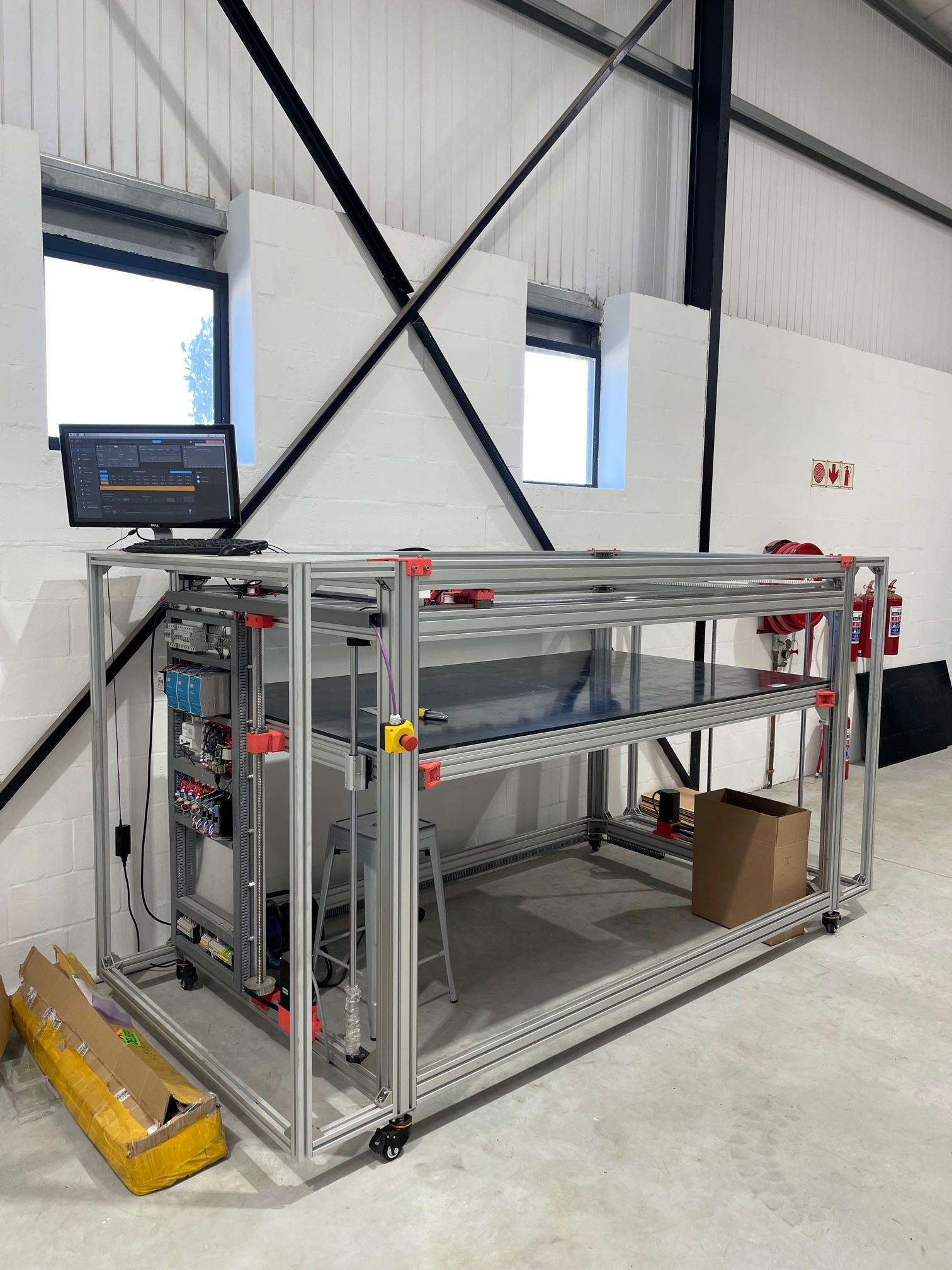
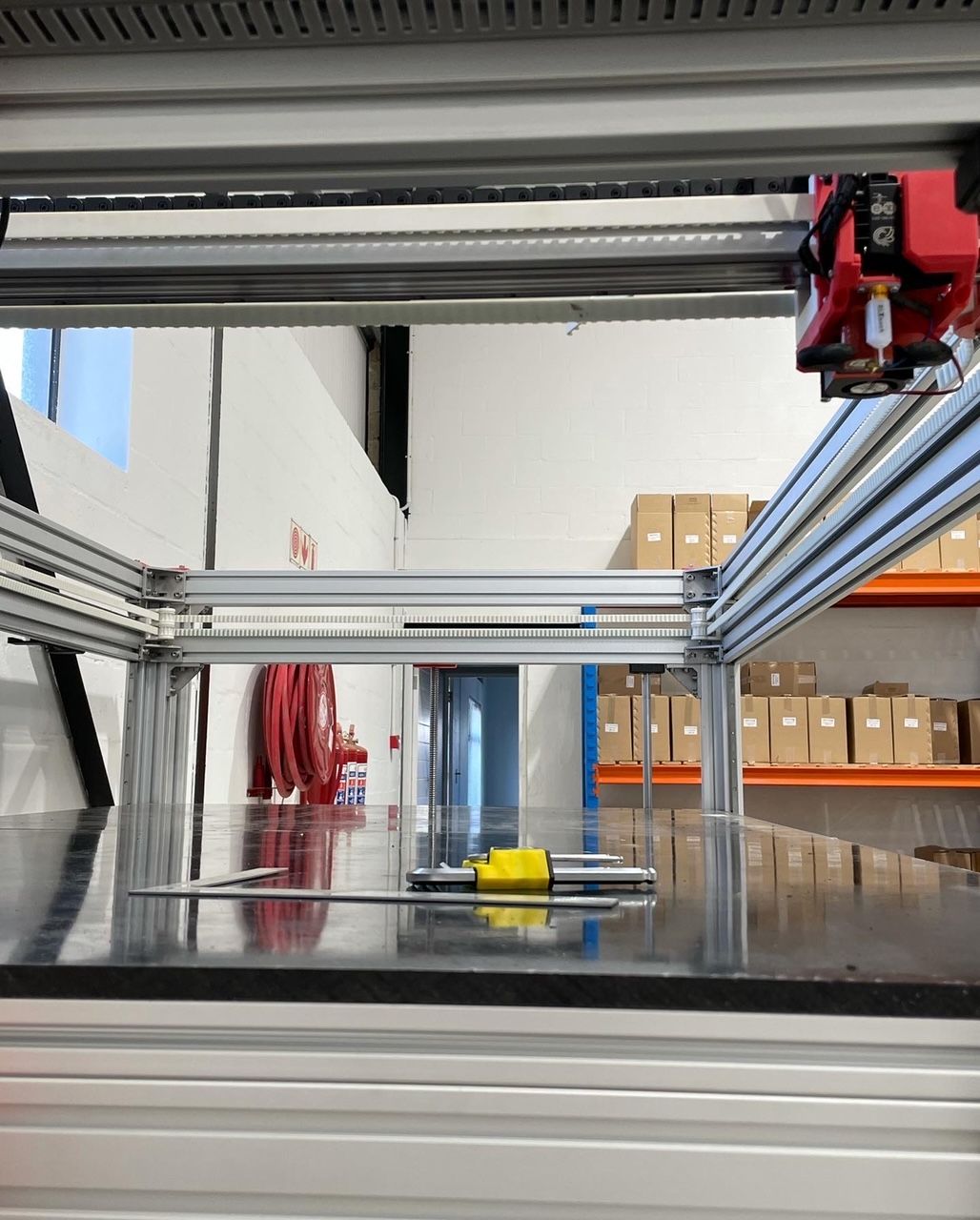
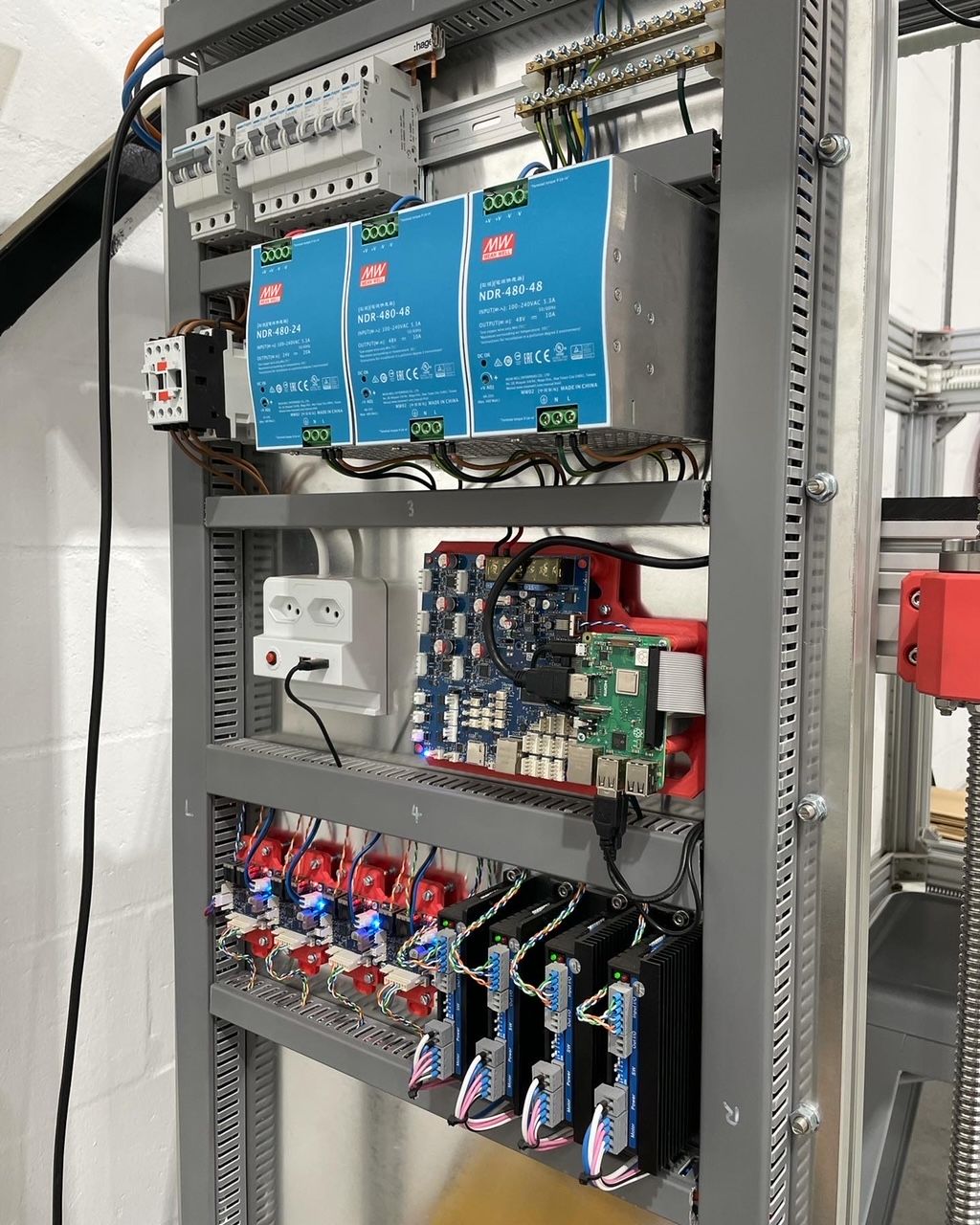
I've been looking at the pellet extruders, but they're still prohibitively expensive, ranging from $4500 to $15000. Instead, I'm looking at combining three heater cartridges from the SuperVolcano into a new heater block design and either three NEMA17 direct drive Hemeras, or a single custom made NEMA23 extruder, with three dual gear filament drives... into the same heater block, with a custom 2mm-5mm nozzle. This then got me thinking about the multiple colours at the same time.
However, what I'm really after is just massive volume flow. I'm aiming for 400mm3/s to 500mm3/sec.
I've learnt a huge amount about the configuration from your blog post, so thanks very much for documenting and explaining it so well.In terms of filament consumption, I fortunately own a production line and have an abundance of the out-of-spec colour reels (from between production colour changes) to feed the monster with
 Perfectly within dimensional spec... just not colour.
Perfectly within dimensional spec... just not colour.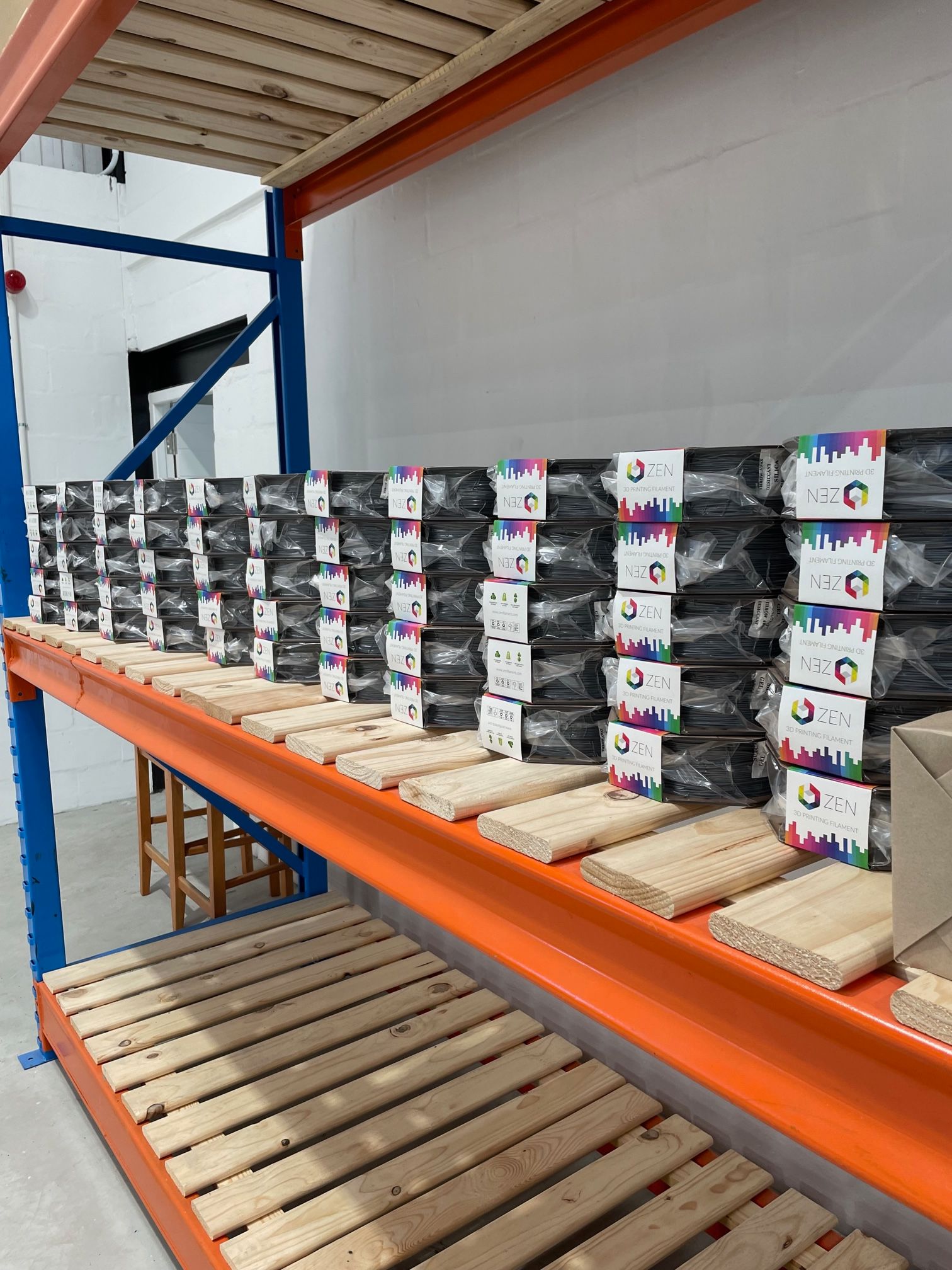

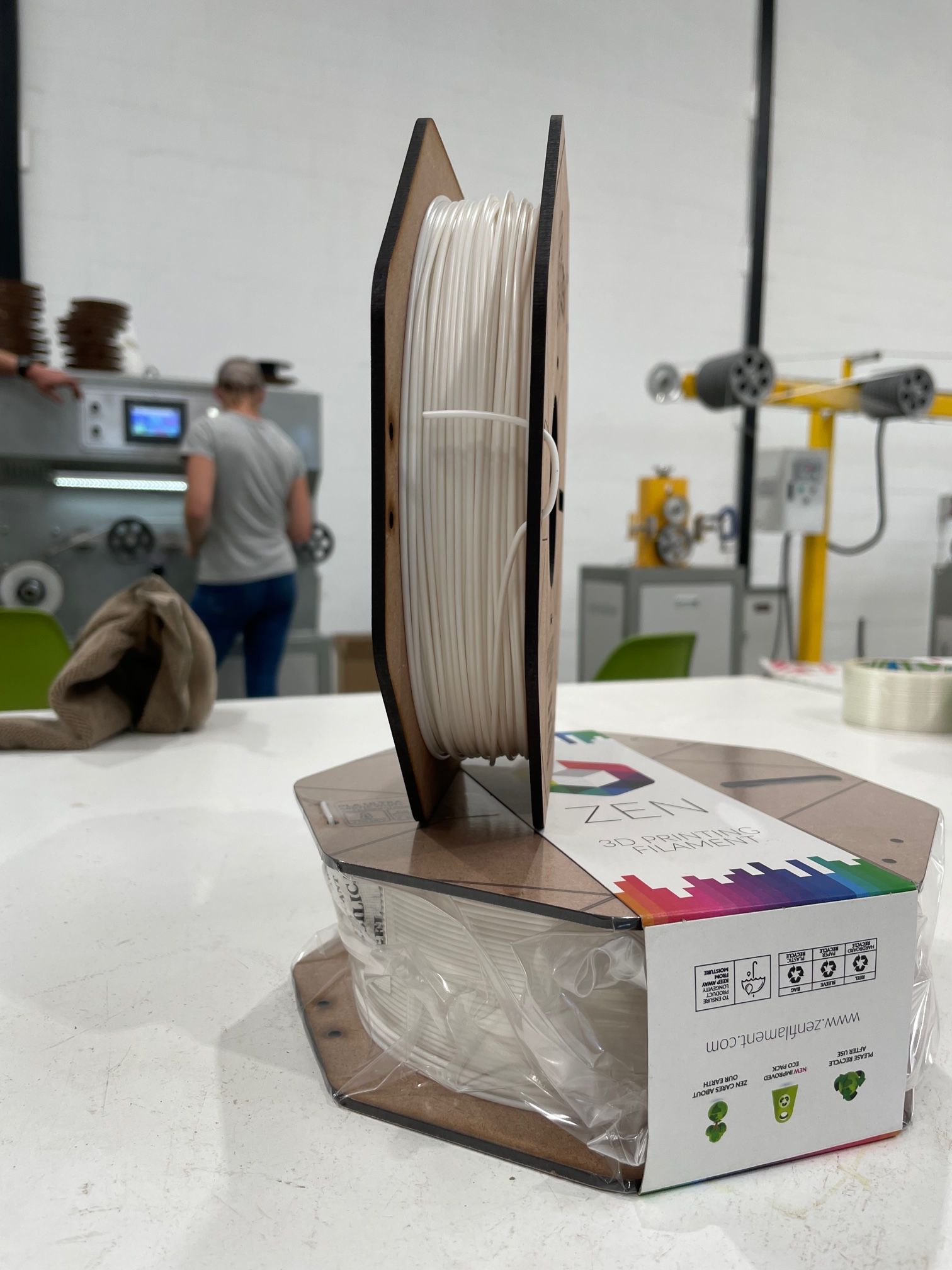
-
@deckingman Oh, and regarding cooling... I'm currently using a 120mm PC fan... but about to upgrade that to compressed air instead

-
@ghjeng So one thing I've learned about how to achieve high volume flow rates, is that "mixing" hot ends (multi-input, single output) have a distinct advantage. Feeding multiple filaments through multiple parallel melt chambers, means that not only is there a large contact area, but also each individual filament travels at a fraction of the speed of the combined flow rate through the nozzle. So say for example that you wanted to achieve 300mm^3sec through the nozzle, if you use 6 parallel melt chambers, the flow through each will be 50mm^3/sec. Meaning that each individual filament would spend 6 times longer in each melt chamber than would otherwise be the case with a single chamber. If you are into cooking, you'll know that it takes time to melt butter in a pan, no matter how hot the pan might be. So it is with filament.
A couple of other things I've learned along the way is that the heater power required to achieve high flow rates is much less than one would imagine. Also ramping up the temperature is a bad idea. Although it does decrease the viscosity of the filament and works OK with constant flow rates, you run into all sorts of problems when the flow rate drops when the part being printed has a detailed section consisting of multiple small moves for example.
I'd say that's the real challenge with high flow rate printing - being able to maintain control when the flow rate needs to be decreased, and stopping the flow altogether for non-print moves. Or at least, it's best to bear those things in mind when designing objects to be printed.
Edit. - Essentially, attaining a high volumetric flow rate is reasonably straightforward, but taming that flow rate for parts which have any significant detail, and/or non-print moves, us much more challenging. -
The one-time cost of an pellet extruder is nothing compared to the labour cost changing filament spools frequently , feeding this printer 24/7 from three or more 1kg spools.
A single motor hotend would have to be paused for every spoolchange, which can cause heat creep into the cold zone and clogged filament path's.
If you still want to take the spool-road, go for multi-motor extruders with individual runout-sensors and always have one reduntant drive. So you can change spools without interupting the print.
Also, using these undefined color filaments makes the idea of multicolor printing obsolete, because the outcome would be unpredictable.